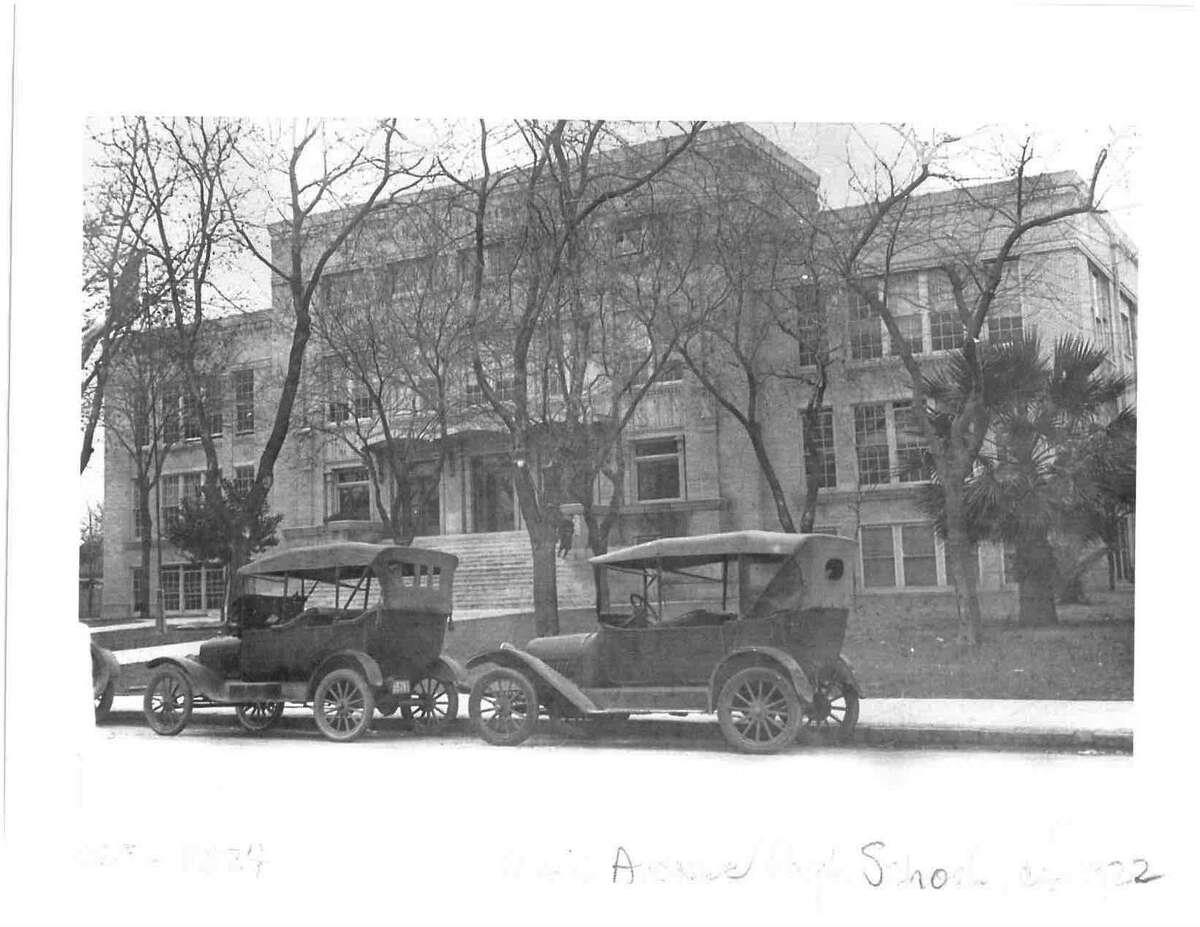
Preschool math activities should emphasize the concepts of measurement and number. These concepts include subtraction and addition. Use simple counting games to teach addition and subtraction. Using pictures can help children visualize math problems. Before adding up the total, each group must be counted. This is the first time they will be able to add and subtract.
Activities to teach math to preschoolers
Preschoolers have the ability to learn about shapes and numbers from an early age. You can even use manipulatives as a reinforcement of their learning. Tangrams work well for this purpose, as they can help children improve their visual perception and increase their understanding about shapes and sizes. Puzzles are also a great way to introduce geometry and number concepts to preschoolers. Fort building is a creative way to introduce numbers to shapes. There are many types of manipulatives that you can use to help your child.
Problem solving is one of the most challenging maths tasks children have to do. Children often have trouble visualizing problems and resort to guessing instead of solving them. This is why it's so important for parents to give their children many opportunities to practice the skill.
Number concepts
Number concepts in preschool maths teach children to recognise patterns in numbers. They will also be able to learn about the relationships between more and less, and how to arrange things. This early learning can lead to critical thinking and creativity in the future. Pre-number concepts are not only useful for maths applications, but can also be used to improve spatial and mental acuity.

Number concepts can also be taught using a variety of physical objects. Preschool maths activities can be taught using wooden blocks, for example. Rubber or foam numbers are also available for children to play with. Magnetic boards and bath toys are other options.
Measuring
Introducing measurement in preschool maths can help children build vocabulary and develop their understanding of measurements. They can use their vocabulary to understand, compare, describe, as well as think critically. They are also able to work with measurements in everyday life. This will allow them to prepare for the next step in maths learning. Here are some suggestions to help your preschooler get started.
Preschoolers have a natural love for hands-on activities. Begin by teaching them how to measure by using simple objects. Encourage them to compare and experiment with comparing different objects, and then move on to using standard units. Children love to learn about measurements through play-based learning. This will allow children to learn and practice measurement skills.
Geometry
Preschoolers require a basic knowledge of geometry. It should be the main goal of education to teach this fundamental subject. Preschool maths should include geometry as part of their curriculum. These are the benefits of teaching geometry to preschoolers. - Your preschool child will learn the basics much faster.
- By understanding the relationship between less and more, your child will be able to develop number sense. Their knowledge of geometry will improve as they learn to use shapes. First, teach your children how to identify different shapes. They will be able to communicate with other children and learn about different categories by using the names.

Music to help children learn maths
Music can be a great tool to teach maths to young children. Music is a great way to help children learn rhythm. This is an important foundation for building math skills. It helps young learners to distinguish between sequences or patterns. Music can be beneficial for children in many ways, such as singing and playing an instrument.
Music can also be used to teach children the relationships between numbers. Music can help students learn about number combinations as well as patterning and measuring. It makes learning enjoyable and interesting.
FAQ
How can I apply for college?
There are many options for applying to college. Start by speaking with your high school admissions counselor. Many high schools use online applications. Contact local colleges for more information. Most colleges accept applications online through their websites.
If you decide to apply through the mail, you'll need to fill out the application, write a personal statement, and send copies of all required documents with your application. You can use the personal statement to tell why you would like to study at this school and what its benefits are to you. This personal statement also helps admissions officers understand your goals and motivations.
Our website contains sample essays you can download.
What salary does an early childhood teacher earn? (earning potential)
An average salary for an early childhood teacher is $45,000 annually
However, there are some areas where salaries are generally higher than average. For example, teachers who work in large urban districts often earn more than those working in rural schools.
Salaries also depend on factors like how large the district is, and whether or non-degree-holding teachers.
Teachers often start out making less than other college graduates because they don't have a lot of experience. Over time, however, their wages can increase dramatically.
How long should I prepare for college?
The amount of time spent preparing for college depends on how much you plan to devote to your studies. You should begin college preparation courses if you intend to go to college right away after high school. However, if your plan is to delay attending college for several years, you may not need to start planning.
You should discuss your plans with your parents and teachers. You may be able to suggest courses of study. Track the grades and courses you've taken. This will enable you to plan for next year.
What is a trade school?
Trade schools can be an alternative for those who have not had success in traditional higher education to obtain a degree. They offer career-oriented programs that help students get prepared for specific careers. These programs usually require two years of coursework. Students who enroll in them then move on to a paid apprenticeship program. Here they learn a job skill, and also receive training. Trade schools are vocational schools and technical colleges, as well community colleges, junior colleges, universities, and other institutions. Some trade schools also offer associate degree programs.
Statistics
- Among STEM majors, that number is 83.5 percent. (bostonreview.net)
- They are also 25% more likely to graduate from high school and have higher math and reading scores, with fewer behavioral problems,” according to research at the University of Tennessee. (habitatbroward.org)
- Think of the rhetorical power of nineteenth-century abolitionist Harriet Beecher Stowe, Martin Luther King, Jr., or Occupy Wall Street activists with their rallying cry of “we are the 99 percent.” (bostonreview.net)
- Data from the Department of Education reveal that, among 2008 college graduates, 92.8 percent of humanities majors have voted at least once since finishing school. (bostonreview.net)
- And, within ten years of graduation, 44.1 percent of 1993 humanities graduates had written to public officials, compared to 30.1 percent of STEM majors. (bostonreview.net)
External Links
How To
How can I apply in order to be considered for a scholarship?
First, you must ensure you meet the eligibility requirements to apply for scholarships. It is possible to receive scholarships if you meet certain requirements.
You can, for example, be granted a grant if the applicant is economically disabled. A vocational training course can be eligible to qualify you for work-study programs. And you can receive a grant because you are a member of a minority group.
You can then apply for scholarships after you have made a decision about your eligibility.
The application process can be done online, over the phone or in person. The type of scholarship you are applying for will affect the process.
For some scholarships, you will need to submit essays about you and your reasons for applying. Others ask questions like, "Why did you choose this major?"
You will need to complete an application form for most scholarships and provide supporting documents.
The information you supply will be reviewed by your scholarship provider. You will be notified by email or postal mail if you are selected.
Even if your application is not accepted, you may still be eligible to receive a scholarship. Contact your scholarship provider for details.